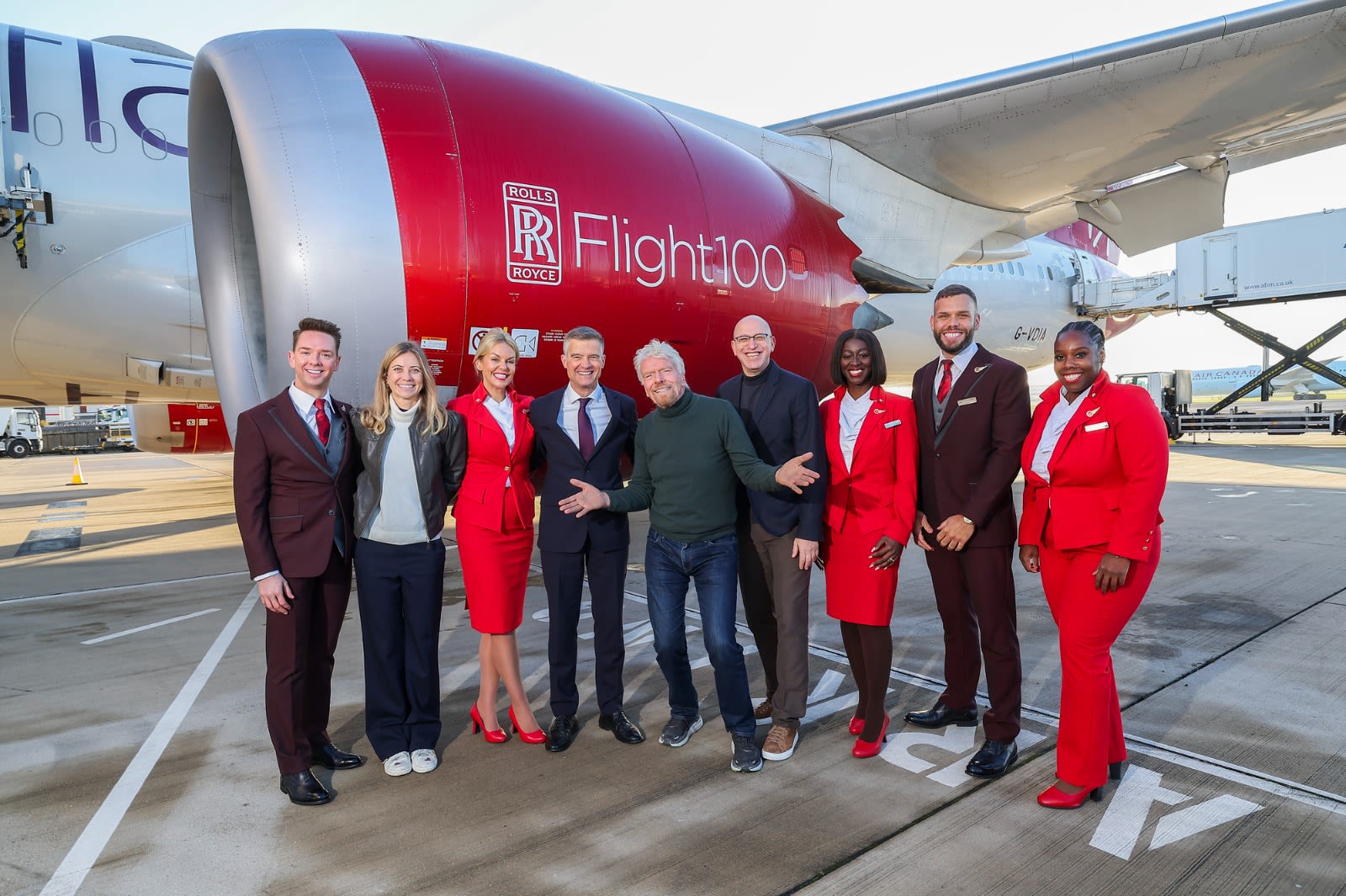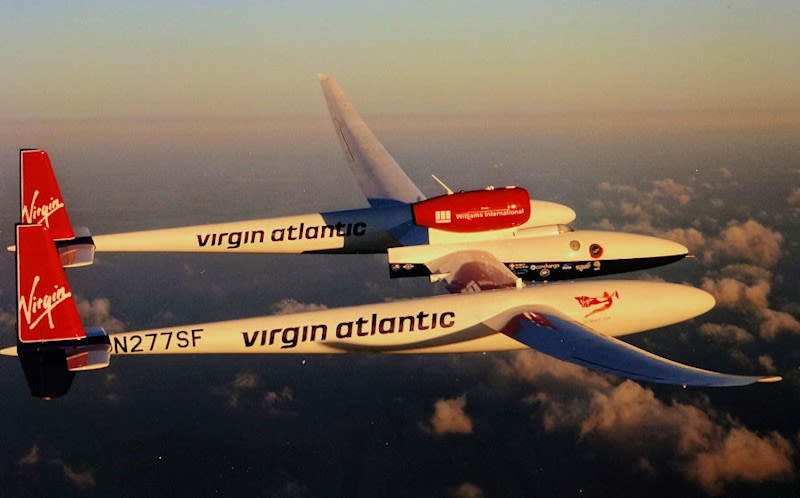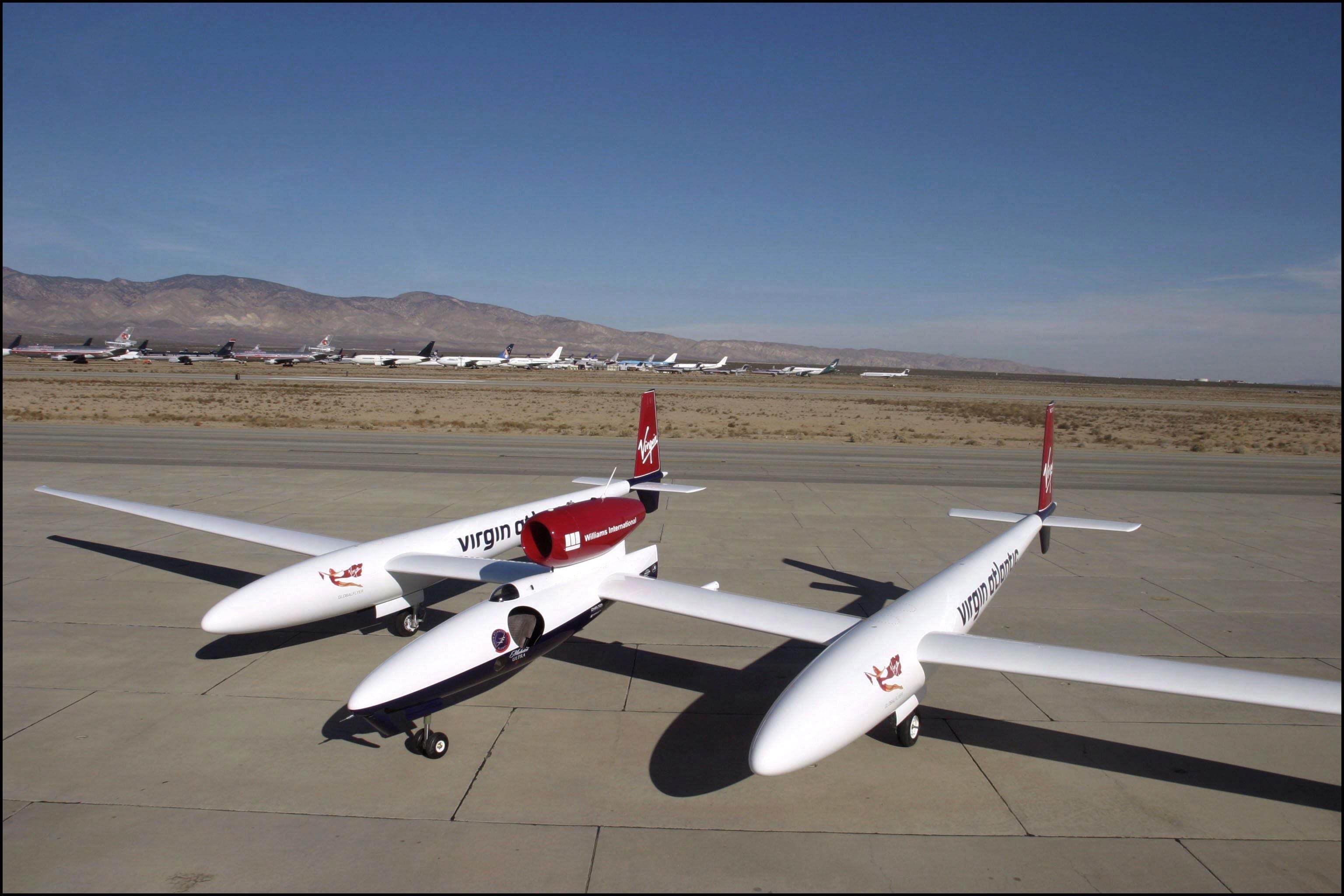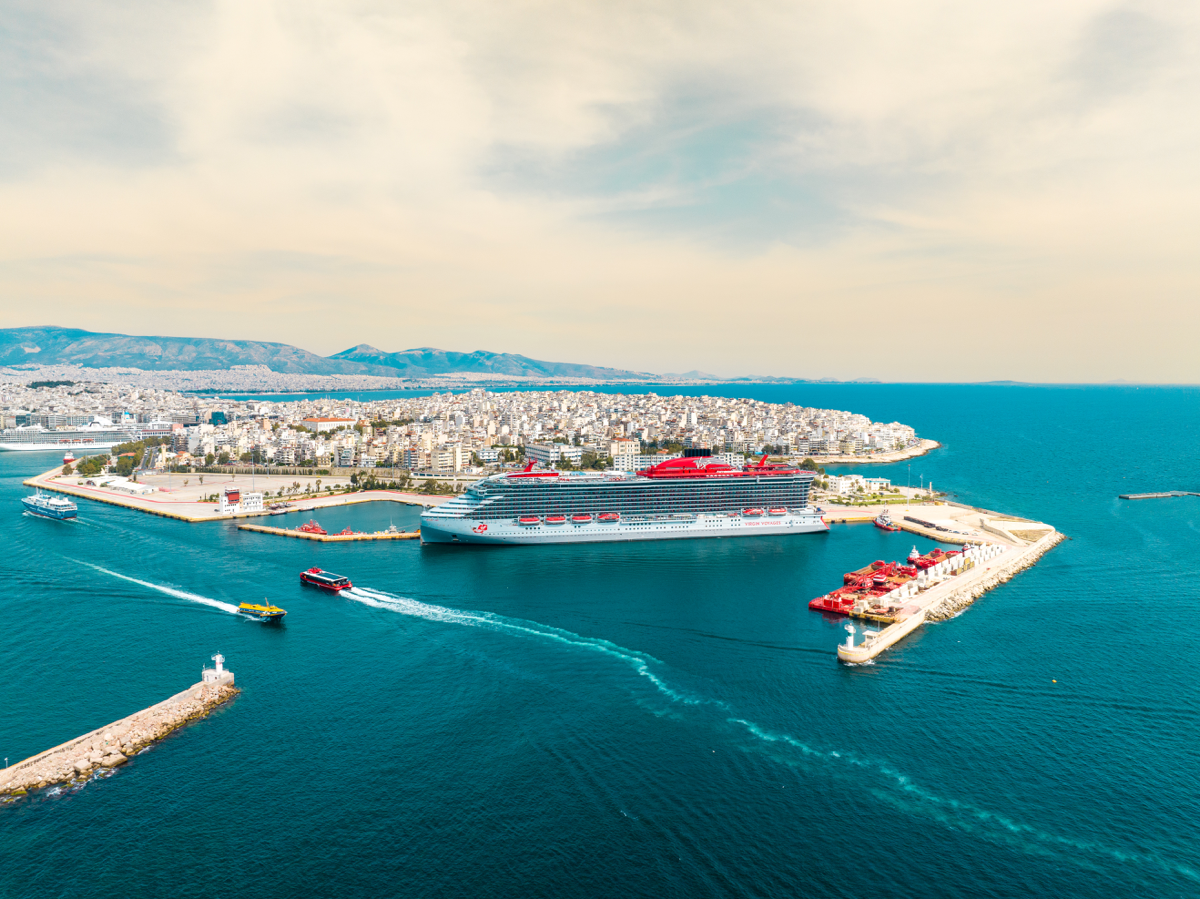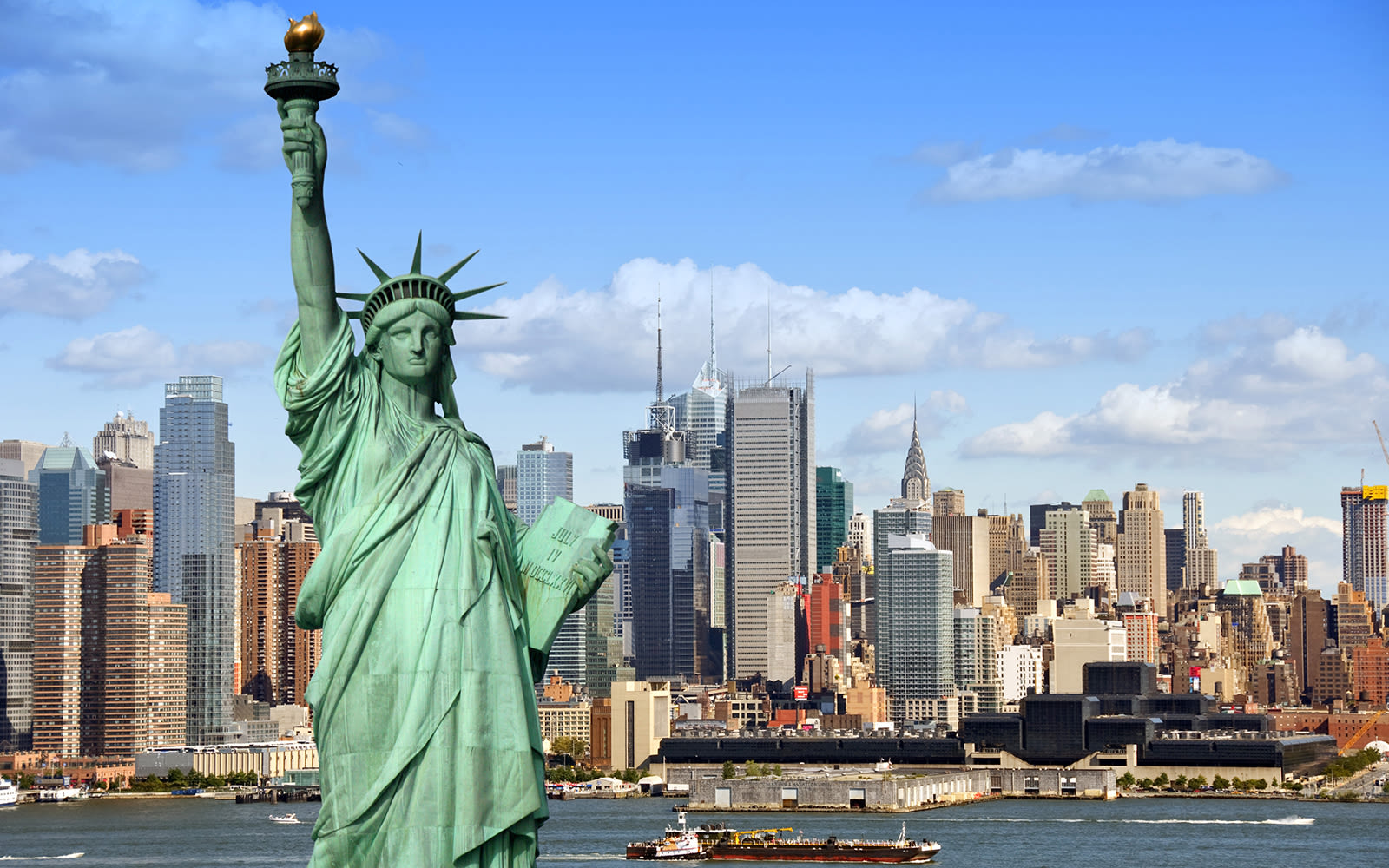Flying onboard Virgin Atlantic’s Flight100
So proud to be onboard Virgin Atlantic’s Flight100, the world’s first 100% Sustainable Aviation Fuel (SAF) transatlantic flight by a commercial airline.
The world will always assume something can’t be done… until you do it. The spirit of innovation is getting out there and trying to prove that we can do things better for everyone’s benefit. This flight today shows that sustainable jet fuel can be used as a drop-in replacement for jet fuel – and it is the only viable solution for decarbonising long-haul flights.
A huge well done to the Virgin Atlantic team and all of our partners for coming together and making this happen – now we’ve shown that it can work, it will take industry and governments to make it an everyday reality. Our greatest challenges are also our greatest opportunities – but no one can do this alone. There's still a long way to go, there simply isn’t enough sustainable aviation fuel – the next step is to see policy change in the UK and US and investment to change that.
Virgin Atlantic has also partnered with Virgin Unite and the Rocky Mountain Institute (RMI) to fund valuable work to collect information on contrail emissions during the flight. These tests will advance the science around contrails and help to develop in-flight procedures that may significantly reduce aviation’s climate impact.
Flying onboard Flight100 reminded me of other moments where we’ve pushed for change. One of those is when we tried to encourage Airbus and Boeing to make their planes using carbon fibre composite, which would reduce the amount of fuel used and cut enormous amounts of carbon emissions, but they weren’t sure it could be done.
We wanted to show them it could work, so aerospace engineer Burt Rutan built a plane for us that we called the Virgin Atlantic GlobalFlyer and we flew it around the world non-stop, breaking records, with Steve Fossett – demonstrating that carbon fibre worked. Not only did it work, it was the most carbon efficient aircraft ever built.
After the flight we called Airbus and Boeing and urged them to come and see the plane and learn more about the clean technology it was utilising. Their teams flew over to the Mojave Desert and worked with our teams to find out about the carbon fibre technology and to learn more about how to build much lighter planes out of principally carbon. We told them if you build them, we will buy them - and they did. This resulted in beautiful planes made of mostly carbon fibre like the Boeing 787 and the Airbus A350 (both of which Virgin Atlantic now flies), which both emit much less carbon dioxide.
Virgin Atlantic has always tried to keep the youngest, cleanest fleet in the sky. We pushed for this flight to prove that long haul airlines can fly on sustainable aviation fuel – which people have always thought was going to be very difficult, if not impossible.
Sometimes you must show the world something can be done, to then spur action. This flight will hopefully achieve that. It will take everyone coming together, including the fuel industry and governments, to make sustainable aviation fuel a reality – protecting our planet and benefitting everyone. This is the defining challenge of the aviation sector and we must always be pushing for innovation.
If you make it, Virgin Atlantic will fly it. Flight100 proves it.



